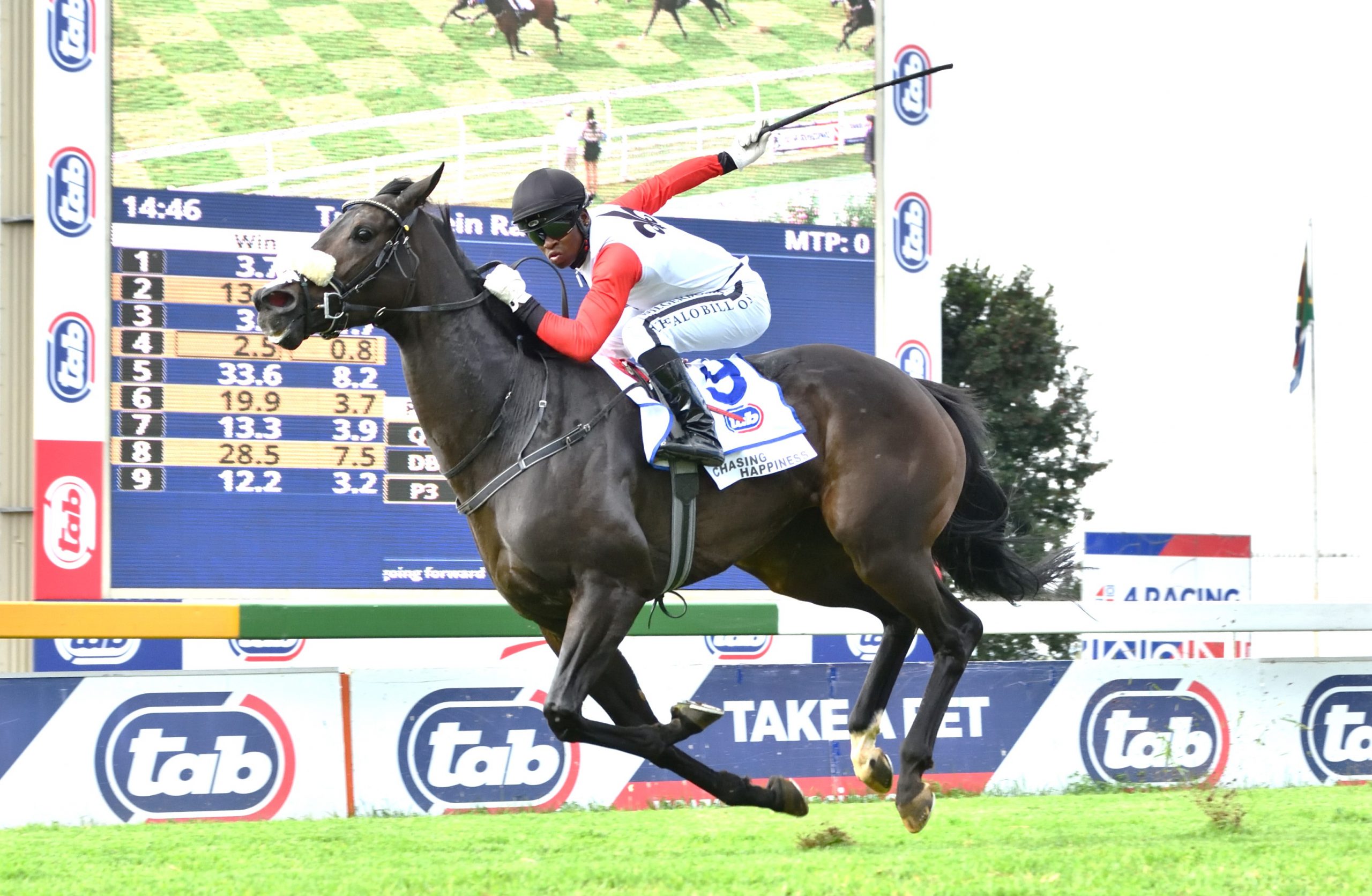Promises of sectional timing for South African racing have been bandied about for several years now.

After the incident at Fairview on 15 January where a number of timing devices seem to become dislodged from runners’ saddle cloths mid-race, the Sporting Post was contacted by David Gregory, International Business Director of Equimotion Technologies, who are implementing sectional timing in ‘Phumelela country’.
Mr Gregory informed us that he ‘hoped’ to have the technology up and running at all six racetracks in February.
On 14 March Mr Gregory informed us via email that ‘sectional time has gone live today’.
His mail referred us to www.tellytrack. com – ‘archive – click on SPEEDFORM’. ‘Good colourful simple data,’ added the short communication.
That happened to a be a Greyville raceday – which puzzled us as it is not a Phumelela track.
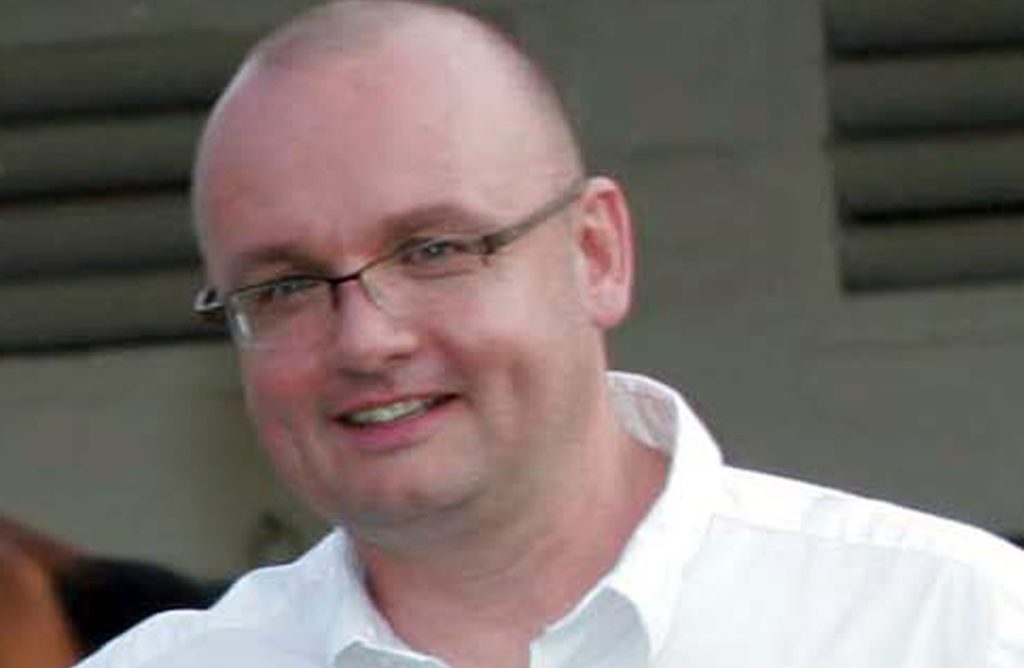
Rob Scott – soft launch
A request to Phumelela Executive Rob Scott, who is in charge of Sectional Timing, as to why no press release was forthcoming, elicited the following response:
“We have been receiving data for some time from the sectional timing supplier. We have now developed a matrix for people to work with and test. We still have days where data transfer is an issue, so we have had a soft launch to see how the processes work and make adjustments as we want. Sometimes the data comes through incorrectly. This is a work in progress. When we are happy we will do a launch. It happened today for no other reason that out techies were ready.”
With Cape trainers recently voting not to implement the system, we canvassed a cross section of trainers and jockeys across the country to get their thoughts.
The general consensus was that while everyone was in favour of supporting any initiative that would improve racing and, in particular, the betting product for the punter, the feeling was that the current system was far from ideal.
Gauteng trainers’ representative Mike de Kock noted that Joburg trainers had not voted on the issue as yet, but said he had recently seen new devices half the size of the previous versions and noted that it looked as though the technology was improving.
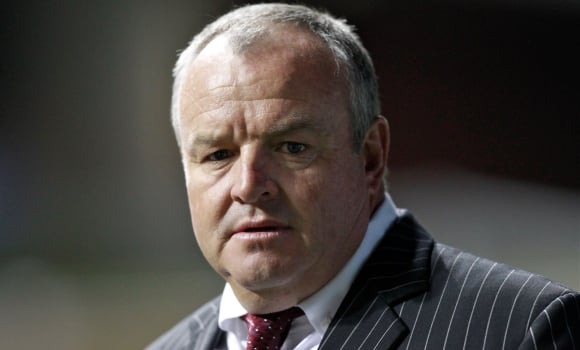
Mike de Kock – questions
He did have some pertinent questions as follows: “Why are we reinventing the wheel? There are great tried and tested systems out there including TRAKUS (which has been pitched to SA and turned down). How much did KZN spend trying their own thing and come up with ZERO .. now Cape Town and Gauteng are trying there own thing at what cost? If we went with a proven tested international successful system we would have been up and running years ago at less cost. TRAKUS is good enough for Hong Kong and Dubai, but not South Africa? Come on!”
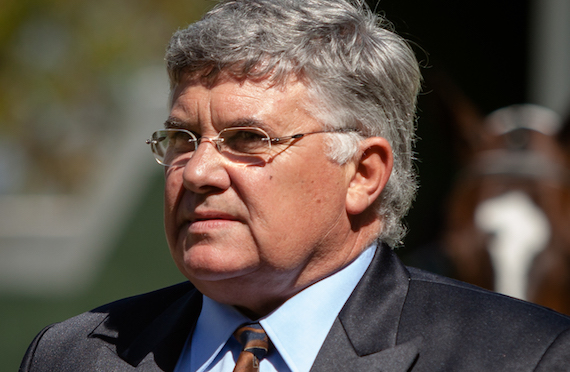
Vaughan Marshall – it has to be small (photo: hamishNIVENPhotography)
After Cape trainers recently voted against implementing the Equimotion system, Cape trainers’ representative Vaughan Marshall explained, “Cape trainers voted against it, but not because we’re against implementing sectional timing. We are all for anything that will help people and particularly the punter, but we’ve got to have the proper equipment. It’s got to be small and it’s got to be effective and we do not feel that the current transponder is the right one. It’s nothing personal, we just feel it’s not the right equipment. If you watch top sportsmen, they carry small transponders between their shoulder blades. If we can get something like that on the horses that can do the job, then that would be a different story. We are all in favour of doing things for the betterment of the game, but if we accept something sub-standard and wait six months to say we’re not happy, the reaction will be ‘but you’ve been using it for six months!’ If you’re going to do it, do it properly.”
Jockeys were equally in favour of sectional timing, citing benefits such as learning to read pace and timing better in the way jockeys do in America and Australia where they all have ‘clocks in their heads’.
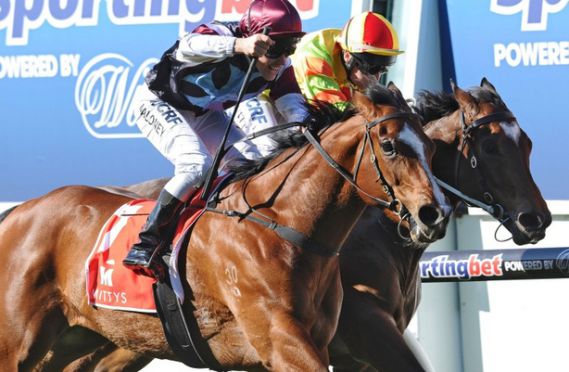
They felt it would also benefit them in terms of explaining what happened in a race to owners and trainers, as they would have the empirical data to back them up. However, they shared trainers’ reservations with regard to the size and design of the transponders, as well as the placement.
The devices were originally placed in the middle of the saddle cloth, directly behind the saddle and above the horse’s spine.
The major concern was that the transponder was situated too closely behind the saddle and that jockeys frequently sat on it, causing discomfort both for themselves and for the horse.
Although there have been modifications and the device is now situated to one side of the saddle cloth, the design remains far from ideal, as the weight of the transponder pulls on the saddlecloth and can be felt by the riders.
Some also voiced concerns that the new location interfered when they used the crop.
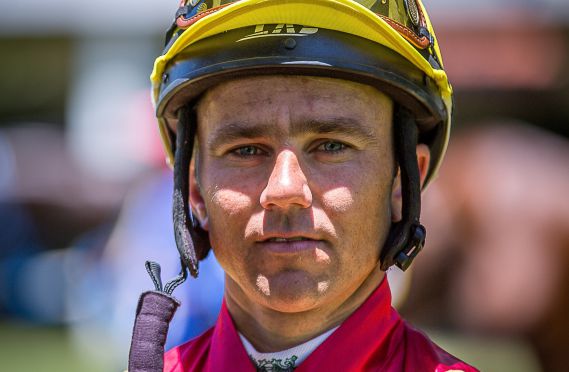
MJ Byleveld – can get used to it (photo: hamishNIVENPhotography)
MJ Byleveld said, “Perhaps this is something that we will get used to in time but we would prefer further developing, fine tuning or even sourcing a more suitable “device” that can do the job. Basically the device is too big. I believe there are much smaller devices abroad that work perfectly.”








